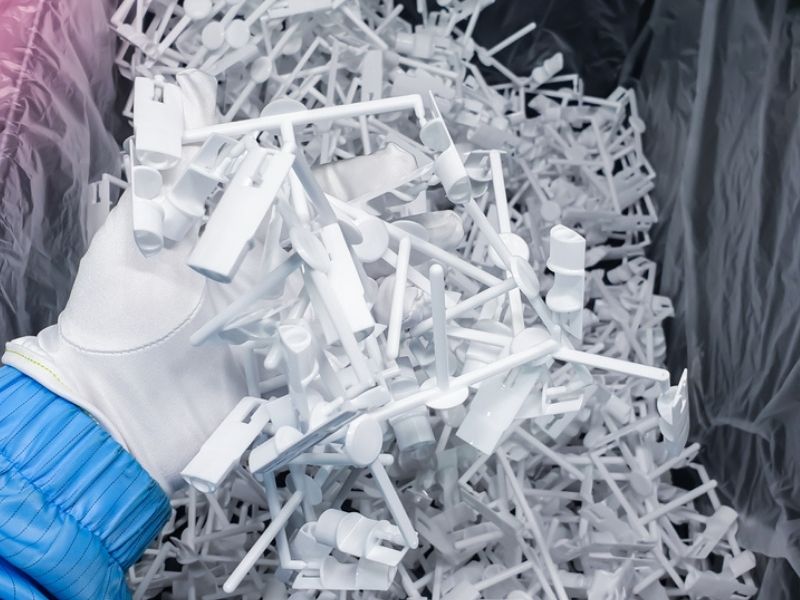When you think of revolutionary medical breakthroughs, what comes to mind? Answers might range from ideas like germ theory to the discovery of antibiotics, but it’s quite likely that concepts like injection molding or the many innovations brought about by plastics.
And yet, while they may not be in the limelight, plastics have indeed played an important role in the medical industry for years. Today, we’re going to highlight just how critically plastics have contributed to medical science by exploring some of its varied uses within the industry.
Plastic In Medical Devices
Plastic has long been incorporated into medical technology, with one of the simplest examples being the wide variety of plastics-based tools and surgical instruments made from plastics. Think of catheters, for instance. These tiny tubes are used to unblock and open vessels within the body, and are vital in the treatment of many conditions. Plastics are what make these possible, along with an array of other medical devices, including:
- Hearing aids
- Syringes
- Eyeglasses
- Coronary stents
- Pill casings
- Prosthetics
- Insulin pens
- IV tubes
- Labware
- Etc.
How is it that plastic has come to dominate so much of the equipment that medical professionals need to perform their jobs? That’s what we’ll be taking a look at next, as we delve into the far-reaching benefits plastics have when it comes to medical manufacturing.
The Advantages Of Plastics In The Medical Industry
One of the most noticeable properties of plastics is their incredible flexibility. This has also made them a natural choice when compared to metals, glass, or ceramics. Think of some of the aforementioned medical devices, and consider how essential plastic’s flexibility is to their ability to function. This reasoning alone makes plastic an obvious favorite, but its utility goes even further than its capacity to bend and stretch.
Plastics are also useful because of how they’re aiding the push for safe, sterile, and disposable devices. Limiting the spread of contagions is of chief concern to medical professionals. Plastics help fulfill this need in the modern era, thanks in large part to their compatibility with contemporary sterilization techniques such as radiation neutralization.
Thanks to modern manufacturing techniques, plastics can be lighter than ever. That reduced weight is another factor that makes them attractive for medical uses as it makes it easier for surgeons and other medical pros to use their tools for extended periods of time. It also makes it easier for patients with wearable devices, as the lighter weight won’t impede their daily routines.
The widespread availability of plastics and advanced techniques for manufacturing with plastics mean that the cost for plastic devices can be kept relatively low, which can in turn help to lower costs for hospitals and patients alike. In a time where the price of medical care is of serious concern to the average American, this benefit is of particular importance.
On top of all this, devices made from plastics can often be safer and more comfortable for patients. Such is the case with patients who may have allergies to other common manufacturing materials, and for whom the use of plastic represents a hypo-allergenic alternative.
Wrapping Up
Plastics are of central importance to the manufacture of medical equipment, without which many modern devices could not exist in their current form. Combined with their high aesthetic value, phenomenal cost savings, and other extensive benefits, it makes sense that medical plastics have become the norm and will likely remain useful well into the future.




